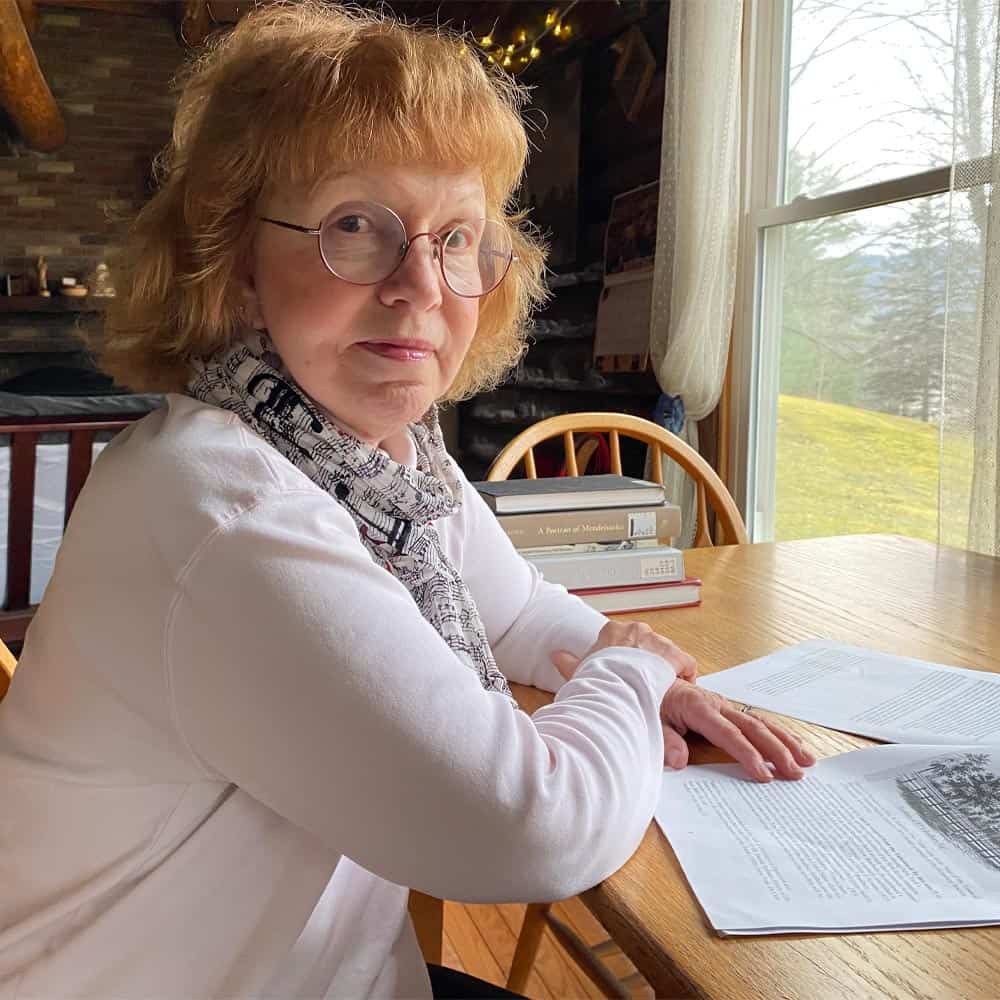About Juanita Karpf

I have always been fascinated with persons of bygone eras whose lives are unjustifiably under-represented in scholarly inquiry and publications. The subjects who pique my curiosity the most attained considerable recognition during their lifetimes for meritorious deeds and accomplishments, but did not leave behind abundant information or collections of primary source materials. Such lives, however well-lived and admirable, have slipped into the recesses of obscurity.
Too often, the number and type of identifiable and accessible archival items still determine, above other criteria, the validity and worthiness of research projects. In such cases, the contributions of a person about whom an author may wish to write become distant considerations. This circumstance is true with nearly all my research projects. If the existence of a wealth of primary sources, such as diaries, boxes of letters, published works, visual artifacts and legal documents, was a heavily-weighted factor, no one would write about the historical persons who have been of considerable interest to me—especially William B. Bradbury, E. Azalia Hackley, and Amelia L. Tilghman.
So, what evidence does survive to confirm their significance? Where are the hints as to their interests, activities, families, associates, and accomplishments to be found? The simple answer: newspapers and periodicals. When I began my search for Bradbury, Hackley and Tilghman, many years ago, these resources could be viewed only on microfilm, without the aid of indexes or any other assistance. Additionally, the handful of entries about their lives, located in reference works, were cursory and often lacked accurate bibliographic information. Hence, the process of recovering these lives required long hours, many frustrations and unavoidable dead ends. But, with persistence, these individuals’ compelling stories began to emerge and come into focus. To be sure, the establishment of databases and online search capabilities has helped tremendously with my more recent research projects. But, this is still a painstaking and time-consuming methodology analogous to assembling a jigsaw puzzle. Ultimately, there may be a few pieces missing, but a picture nonetheless takes shape. This methodology also resembles the construction of a quilt from a myriad of cloth scraps. The resources I identify are, so often, brief references—mere snippets—in newspapers. The story they tell may contain gaps and interruptions, but it nonetheless communicates sufficient plausibility and coherency, and therefore, succeeds in adding a valuable chapter to the historical record. It has been, and continues to be, extraordinarily satisfying work.